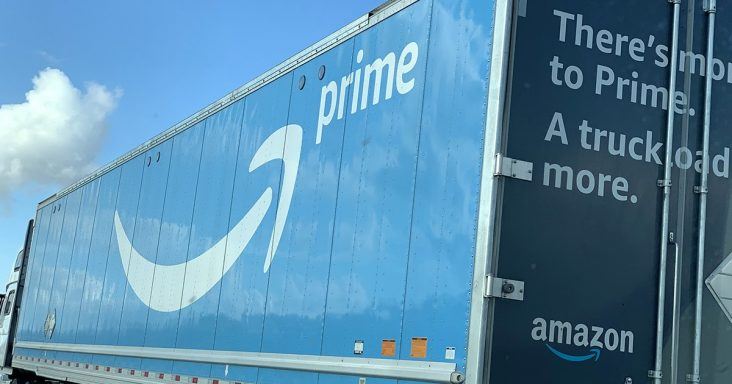More than 40% of U.S. households expected to shop Amazon Prime event
by July 9, 2024 6:38 pm 184 views

Consumer spending has remained resilient despite sticky inflation, and early indications by data, tech provider Numerator predicts that more than 40% of U.S. households will shop Amazon Prime Day event set for July 16-17. That’s two out of five U.S. households.
Numerator said 75% of surveyed shoppers cited “price” as the reason for their purchase while 57% like the wide variety of items on sale and 44% want fast shipping. Numerator said based on last year’s survey, 100% said they were aware of the upcoming event. On Prime Day 2023, 54% of surveyed shoppers said they compared prices at other retailers before purchasing. However, despite price comparisons, most shoppers bought at Amazon.
A majority of 78% said they only purchased on Amazon, despite Walmart and Target’s summer sales events. Numerator said 6.7% made purchases on Amazon and Walmart.com and 5.5% made purchases on Amazon and Target.com. Just 5.7% purchased only on Walmart.com and only 3.5% purchased at Target.com.
Despite Amazon’s dominance with summer sales, Walmart began offering half-off of the price on its Walmart+ membership until July 18. The half-price cost is $49 a year. Walmart began its Deals for Days event on July 8 through July 11 which includes electronics, housewares, outdoor games and some school supplies.
Walmart Chief Financial Officer John David Rainey recently said delivery orders were outpacing pickup orders and more subscribers to Walmart+ were paying extra for express delivery. He told analysts that Walmart+ members are also making more frequent orders with fewer items.
Target’s Circle Week, slated for July 7-13, is aimed to draw some consumers in early with deals that include 50% off toys, 40% off of housewares with savings on back-to-school items, beauty products and apparel.
While retailers hope to woo consumers’ discretionary spending, a report from Deloitte last month found consumers’ financial well-being index reading at 98.4, up from the low point in April, but still behind readings in the first three months of this year. The report also found 72% of consumers were concerned about rising prices for daily purchases.
The spending intentions index reading was down 16% in June, flat with readings in March. Deloitte said discretionary spending intentions have declined 11 points since January as consumers prioritize savings over big-ticket purchases. The Deloitte report in June found weaker spending intentions are present for all income brackets.
